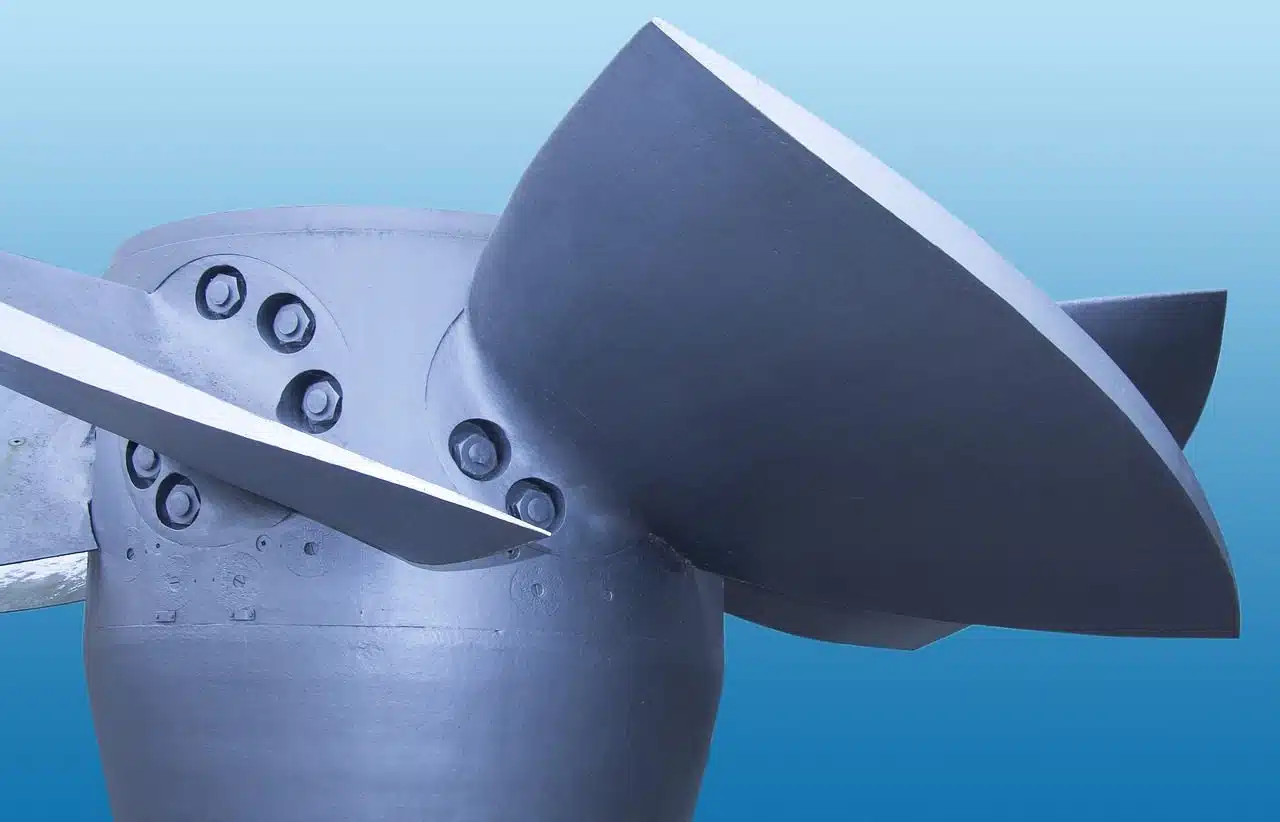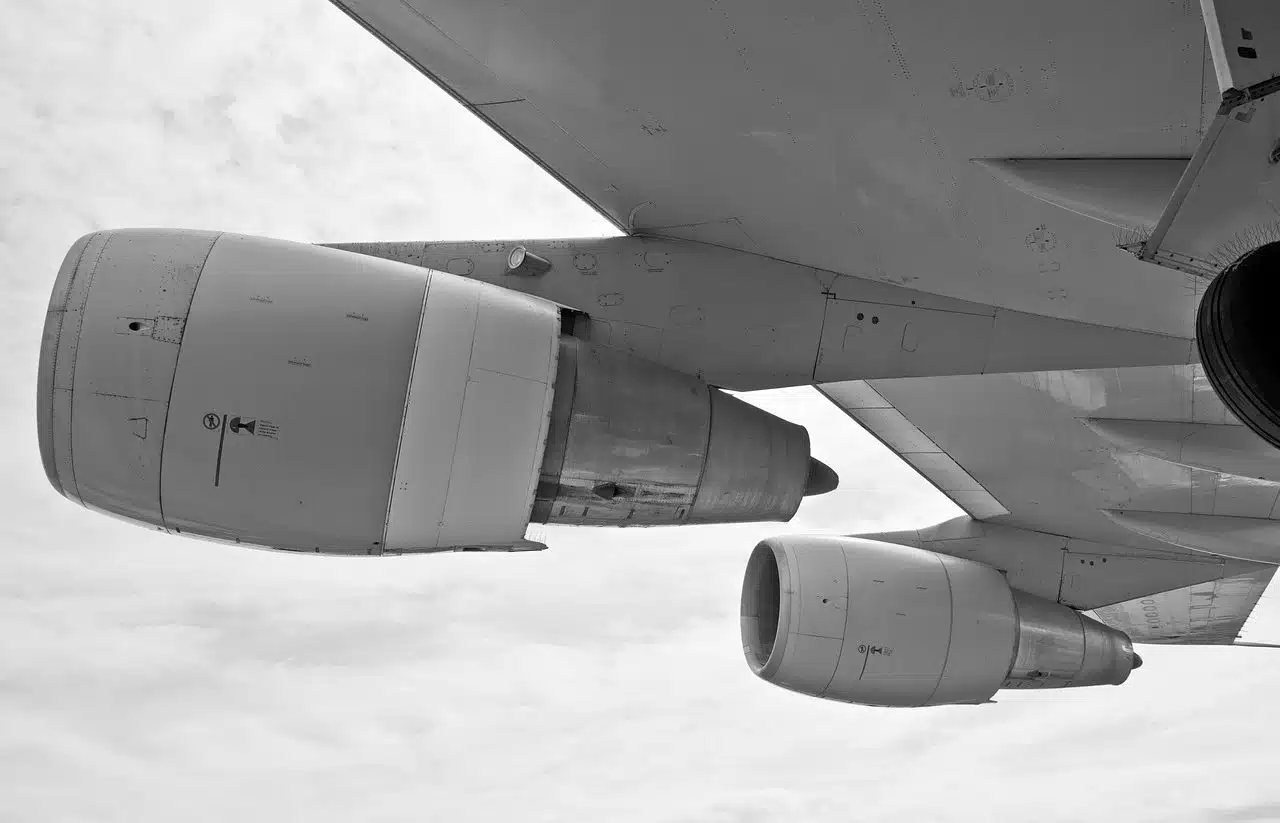
The turbine allows the generation of a driving force.
A turbine is a machine made up of a wheel with several blades. By continuously receiving a liquid in its central part, the turbine expels it towards its circumference and manages to harness its energy to generate a driving force .
Latin is where we can find the etymological origin of the word that concerns us now: specifically, it derives from the term turbo , which can be translated as "whirlpool" .
It must also be stated that the first time the notion of turbine was used was at the beginning of the 19th century . And it was created by the French scientist Benoit Fourneyron in 1827 to define the practical turbine that he gave shape to. This was one of the many inventions that, throughout his life, was undertaken by someone who is considered the father of the hydraulic turbine .
Turbine operation
What a turbine does, therefore, is take advantage of the pressure of a liquid to make a wheel with propellers spin and produce movement. It can be said, therefore, that the turbine is an engine that produces mechanical energy .
The propellers or blades of the wheel are located on its circumference. The liquid that enters the turbine, therefore, generates the tangential force that gives movement to the wheel, causing it to rotate. An axis , finally, is responsible for transferring said mechanical energy to another machine or device.
Classification according to type
It is possible to distinguish between a wide variety of turbines according to their operation. A wind turbine , for example, is one that takes advantage of the kinetic energy found in the wind to obtain mechanical energy. Wind turbines were common in windmills.
The hydraulic turbine , on the other hand, works with the energy that is present in a fluid. Thanks to the axle that is linked to the wheel, this type of turbine can offer the energy necessary to mobilize a machine or to produce electrical energy through a generator. Hydroelectric plants, in fact, use turbines of this kind.

There are different types of turbines.
Kaplan and Francis turbines
We cannot ignore the existence of what is known as a Kaplan turbine . This is a type of water turbine that bases its operation on an impeller that performs the same function and in a similar way as the propeller of a boat. If it is called that, it is in honor of its inventor, the Austrian engineer Víktor Kaplan ( 1876 – 1934 ).
He patented said device and although, at first, it was considered that it could not be manufactured or have the expected result, it finally ended up triumphing. Thus, it began to be used both in textile factories and in power plants.
On the other hand, we also find the so-called Francis turbine , which is reaction and mixed flow. It was created by James B. Francis , it is of a hydraulic type and currently where it is most frequently used is in hydroelectric plants, since it has great efficiency.
Other classifications
Turbines are also found within other classifications:
- Action : the fluid does not change pressure at any time during its passage through the impeller, but is reduced from the value it has when entering the turbine until it reaches atmospheric pressure at the guide ring. It is mainly distinguished by not having a suction pipe. One of the most efficient types is the Pelton turbine , which has a tangential flow and a low number of revolutions, generally less than or equal to 30.
- Reaction : the pressure of its fluid changes considerably when passing through the impeller, since when it enters it its value is higher than the atmospheric pressure and when it leaves it it shows a significant depression. Among its main features, it can be said that it has a suction pipe that connects the fluid discharge area with the impeller outlet. Depending on the configuration of its blades (each of its curved blades towards which the fluid impulse is directed), it is possible to speak of a turbine with fixed blades and orientable blades (both can have diagonal flow or axial flow ).
On the other hand is the thermal turbine , which is characterized by the significant change in density that its working fluid undergoes when passing through the machine. At first glance it is possible to distinguish two groups, given the main features of their design:
- The gas turbine , which uses a gas as a fluid to obtain the energy necessary for its operation, and which does not show a phase change of the fluid when it passes through the impeller.
- The steam turbine , in which the working fluid can undergo phase changes when passing through the impeller. Two of the most common types are steam turbines and mercury turbines .
